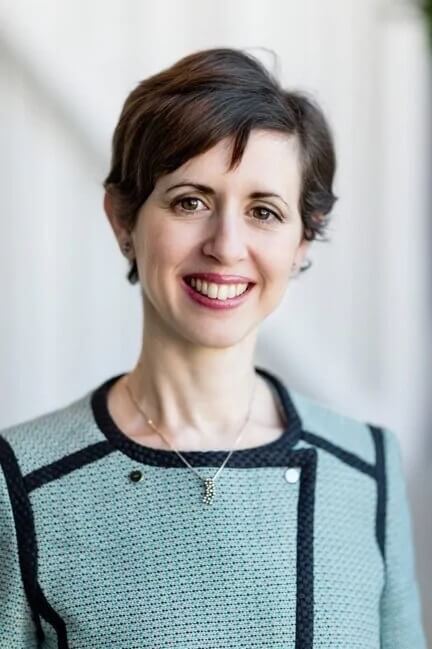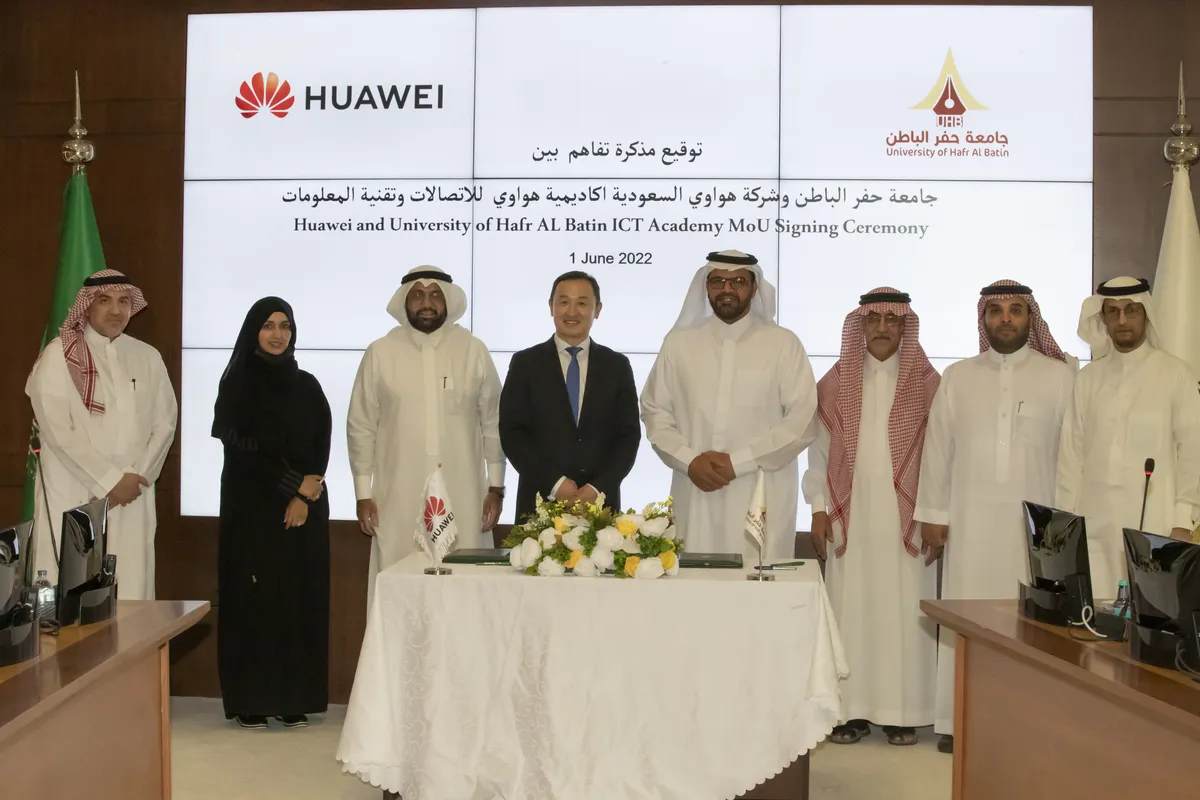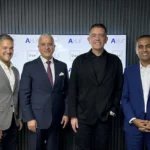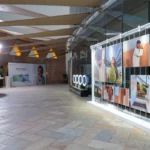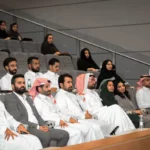
Digital inclusion: What does equal access to education mean in the digital age?
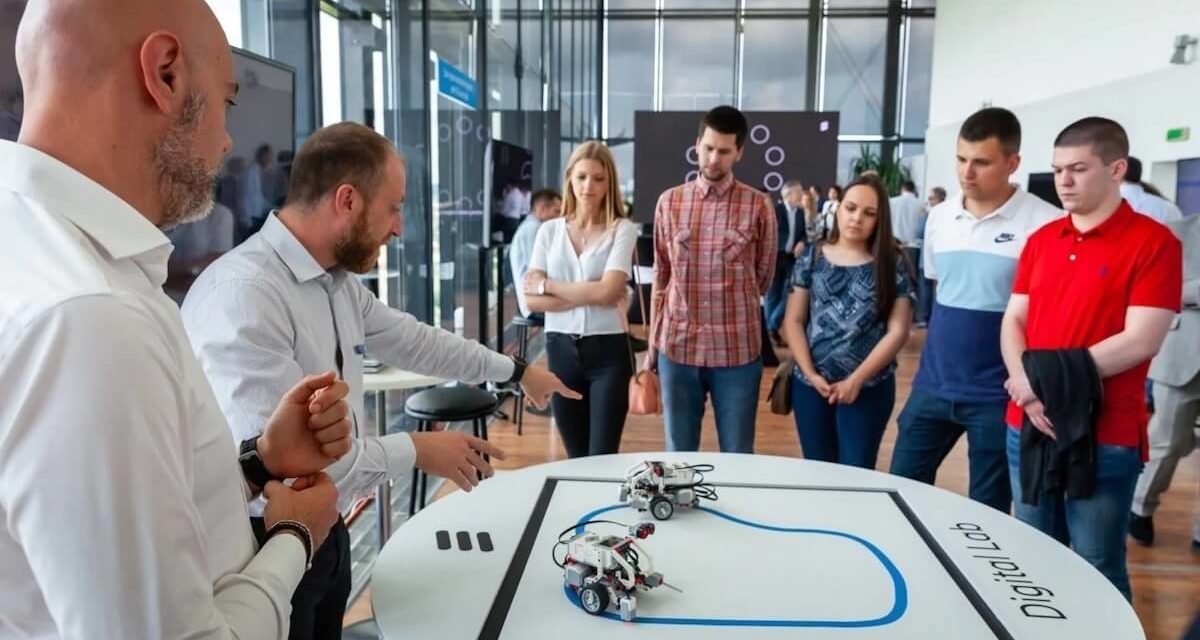
By Zohra Yermeche, Program Director for Connect To Learn at Ericsson
The COVID-19 crisis, and the impact which it has had on learning across the world, have highlighted many of the digital disparities which exist in today’s world. When many of the world’s students shifted from physical to digital, we were also faced with the hard truth that today, there are still 3.6 billion people in the world who are unconnected.
For students in the connected half of the world, the story is much different. While 1.2 billion children were affected by school closures across much of the world, our recent Consumer COVID-19 report found that students could substitute physical learning by spending 230 percent more time on digital learning tools such as Google Epic! and Seesaw Class.
This, of course, is a significant rise, but it is also an acceleration of a trend which we have steadily been tracking since our first Connect To Learn program exactly ten years ago.
The State of Broadband 2020 report estimates that there are twice as many people today who use the Internet compared to 2010. This rise in digital literacy, together with the imminent period of rapid digitalization of the economy, means that ensuring fair and equal access to both education and future job markets will rest on the extent of digital inclusion within our societies.
What is digital inclusion and why is it so important today?
Today, technology plays a much bigger role in the quality and scope of how we learn, such as new digital learning platforms which are estimated to reach 350 billion USD by 2025; what we learn, with a growing emphasis on programming, robotics, AI, and automation; and how we can use it in the job market, with digital skillsets increasingly becoming a prerequisite of tomorrow’s workforce.
The changes which are happening today show the disparity between the developed and undeveloped world. If you are not connected, that shows you the leap you have to make between the connectivity aspect, access to education, and benefits derived from that.
Closing this digital divide, with those not connected or not considered digitally literate, is imperative to ensuring a fair distribution of digital opportunities across countries, locations, gender, socioeconomic status, and age.
Access to education in the digital age
In 2010, we co-founded the Connect To Learn initiative with the Earth Institute at Columbia University and Millennium Promise, focusing on delivering connectivity and ICT tools to enhance teaching and learning in unconnected, underprivileged, and largely unrepresented communities.
Since our first projects in the Millennium Villages, we’ve helped connect and increase the digital inclusion of more than 200,000 students worldwide. As the program has evolved, we have increased our efforts to close the digital divide in terms of connectivity and content, syllabus, and fundamental platform side.
As a technology company, we quickly discovered that we could offer so much more than connectivity. Furthermore, we can help improve learning processes and methodologies so learning can become more impactful. For example, through partnerships with like-minded organizations, we have helped digitalize and disseminate content through digital learning tools such as mobile apps.
One of the biggest differences from ten years ago is also that the nature of technology in an educational context, both as a medium and a means to enter the job market, was still relatively immature as the landscape has evolved. We’ve come to understand the need to personalize and individualize learning to improve learning outcomes in a meaningful way.
Giving people access to the right type of content is one aspect; another equally critical aspect is the human element. Students will still need engagement, inspiration, and activation from teachers and trainers who know about the topic on top of the digital layer. I believe that, even in the digital age, technology will never be able to replace this interaction, but rather can serve as an increasingly innovative medium for those critical learner-instructor interactions, such as through the Internet of Skills.
Digital inclusion through public-private partnerships
Today, there is a significant need for digital skills courses. Key technology areas such as AI, robotics, and app development are advancing at such a rapid pace, making it difficult to ensure an effective transfer of competence to emerging workforces.
Such is the pace of change for topics such as these, public, academic institutions will invariably struggle to take learning beyond a basic theoretical level. Therefore, public-private partnerships will be key to addressing this by developing advanced curriculums and delivering the necessary quality and scale of access.
As a sustainability pioneer in the private sector, we’ve understood the power of partnership, which is why we’re investing heavily in building out those partnerships with like-minded entities to create sustainable solutions to address the issues that the education sector faces today. A good example of this is the Ericsson Digital Lab program, which now lives in several countries in partnership with local schools and community learning centers. The aim here is to share those competencies that we have in-house on a much broader scale, addressing those critical skillset demands which are needed in tomorrow’s workforce.
This year, in response to the impact that COVID-19 has had on learning, we are continuing these efforts by joining the UNESCO-led Global Education Coalition, launching Ericsson Educate and partnering with UNICEF map school connectivity as part of the Giga project.
Through digital methodologies and focusing on improving digital skills for students across all communities, our commitment is to ensure that future generations continue to have the skills and knowledge to find opportunities in a changing digital world. This was what we set out to do when we launched Connect To Learn ten years ago, and this will continue to be our priority in this next critical decade of action.
















